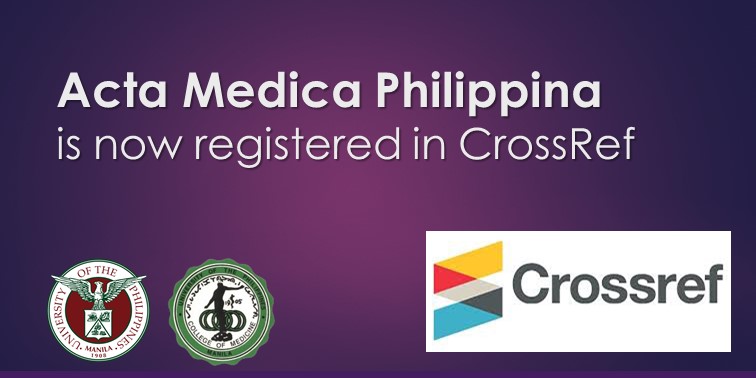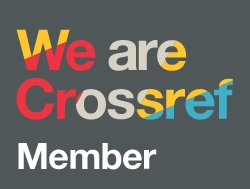Clinical Features and Outcomes of Ischemic Stroke among Young Filipino Adults
DOI:
https://doi.org/10.47895/amp.vi0.13171Keywords:
ischemic stroke, stroke in the young, cardiovascular, non-cardiovascular risk factors, FilipinosAbstract
Background and Objective. The incidence of ischemic stroke typically increases with age; however, recent studies have shown a concerning trend of stroke cases among adults under the age of 45. This neurologic condition is called “Stroke in the Young” (SITY). SITY poses public health concerns due to its long-term consequences on individuals and their families. Despite significant impact, published literature on SITY among Filipinos is scarce. Given the potential differences in genetic background and lifestyle, the clinical characteristics and outcomes of SITY Filipinos may vary considerably from other populations. Therefore, the aim of this study is to describe the clinical features and outcomes of ischemic SITY Filipinos.
Methods. The study was a two-center, five-year retro- spective cohort design involving 19- to 45-year-old patients admitted between January 1, 2017, and December 31, 2022, diagnosed clinically and radiologically with ischemic stroke for the first time. Medical records were reviewed, including demographic data, stroke symptoms, cardiovascular or non-cardiovascular risk factors, and laboratory results. Ischemic stroke subtypes were categorized into cardioembolic, small artery occlusion, stroke of other determined causes, and stroke of undetermined cause through the Trial of ORG 10172 in Acute Stroke Treatment (TOAST) classification. Functional outcomes on hospital discharge were assessed by the Modified Rankin Scale (mRS). All data were analyzed using descriptive statistics in the Statistical Package for the Social Sciences (SPSS software, version 29).
Results. A total of 205 cases of ischemic SITY were chart reviewed. The mean age was 37.30, with a female predominance of 68.3%. The most reported cardiovascular risk factors were obesity (56.6%), hypertension (51.2%), heavy alcohol consumption (36.5%), and diabetes mellitus type 2 (19.5%). Concurrently, the non-cardiovascular risk factors identified were pregnancy, particularly in the postpartum period (4.8%), use of estrogen-containing pills (4.8%), and migraine without aura (4.4%). Based on TOAST classification, small vessel occlusion (42.1%) and large artery atherosclerosis (30.2%) were the most frequent ischemic stroke subtypes of SITY Filipino females. Mostly showed no symptoms of disability (35.1%) on hospital discharge.
Conclusion. This study highlights the difference in the clinical profile of young Filipino adults with ischemic stroke. Contrary to previous studies, ischemic stroke was more predominant among young females. Aside from hypertension, obesity has emerged as the leading cardio- vascular risk factor for ischemic SITY. Moreover, noncardiovascular risk factors, specific to females (pregnancy, use of estrogen-containing pills, and migraine), were also identified in the study. With regards to stroke subtypes, small vessel occlusion and large artery atherosclerosis were frequently seen in young female patients. These f indings suggest a need for gender-specific approaches in the evaluation, management, and prevention of ischemic SITY.
Downloads
Published
Issue
Section
License
Copyright (c) 2025 Acta Medica Philippina

This work is licensed under a Creative Commons Attribution-NonCommercial-NoDerivatives 4.0 International License.




.jpg)



